How To Get Rid Of Garlic Mustard Weed
Title: How to Get Rid of Garlic Mustard Weed
Introduction:
Garlic mustard is an invasive plant that is native to Europe. It was introduced to North America in the 1860s and has since spread throughout much of the continent. Garlic mustard is a serious threat to native plants, as it can outcompete them for resources and sunlight. It can also alter the composition of plant communities, which can have a negative impact on wildlife.
There are a number of ways to get rid of garlic mustard. Some methods are more effective than others, and the best method for you will depend on the size of the infestation and the location of the plants.
Main Content:
1. Pull the plants by hand.
This is the most effective way to get rid of garlic mustard, but it can be time-consuming and labor-intensive. To pull garlic mustard by hand, grasp the plant at the base and pull it straight up. Be sure to remove the entire root, as any remaining roots will resprout.
2. Use an herbicide.
There are a number of herbicides that can be used to kill garlic mustard. However, it is important to choose an herbicide that is specifically labeled for use on garlic mustard. Some common herbicides that can be used include glyphosate (Roundup), triclopyr (Garlon 4), and imazapyr (Arsenal).
3. Mow the plants.
Mowing garlic mustard will not kill the plants, but it will prevent them from flowering and setting seed. This can help to reduce the spread of garlic mustard in the long run. However, it is important to mow the plants before they flower, as mowing after flowering will only spread the seeds.
4. Solarize the plants.
Solarization is a method of killing plants by exposing them to sunlight. To solarize garlic mustard, place the pulled plants in a sealed black plastic bag and leave them in direct sunlight for 1-3 weeks. The heat from the sun will kill the plants.
5. Use a combination of methods.
In some cases, it may be necessary to use a combination of methods to get rid of garlic mustard. For example, you might start by pulling the plants by hand and then follow up with an herbicide application to kill any remaining plants.
Conclusion:
Getting rid of garlic mustard can be a challenge, but it is important to do so in order to protect native plants and wildlife. By following the methods outlined in this blog post, you can help to reduce the spread of this invasive weed.
Garlic mustard is an invasive weed that is harmful to native plants and wildlife. It can be difficult to control, but there are a number of methods that can be used. For more information about garlic mustard, including how to identify it, how to control it, and its impact on the environment, please visit Home Gardening.
FAQ of garlic mustard weed
- What is garlic mustard weed?
Garlic mustard is a biennial invasive plant that is native to Europe. It was introduced to North America in the 1800s and has since become widespread. Garlic mustard is a fast-growing plant that can outcompete native plants, and it can also release chemicals that suppress the growth of other plants.
- What are the signs and symptoms of garlic mustard weed?
Garlic mustard plants have distinctive heart-shaped leaves with scalloped edges. They also have small, white flowers that bloom in clusters in the spring. In their second year, garlic mustard plants can grow up to 3 feet tall.
- How can I control garlic mustard weed?
There are a number of ways to control garlic mustard weed, including:
* Hand-pulling: This is the most effective way to control garlic mustard weed, but it can be time-consuming and labor-intensive. Be sure to remove the entire plant, including the roots.
* Mowing: Mowing can help to suppress garlic mustard weed, but it will not kill the plant. Mowing should be done in the spring, before the plants flower.
* Chemical control: There are a number of herbicides that can be used to control garlic mustard weed. However, it is important to use herbicides carefully, as they can also harm native plants.
* Cultural control: There are a number of cultural practices that can help to prevent the spread of garlic mustard weed, such as:
* Planting native plants that can compete with garlic mustard.
* Keeping your garden free of weeds.
* Not composting garlic mustard plants.
- How can I prevent garlic mustard weed from spreading?
The best way to prevent garlic mustard weed from spreading is to identify and remove it early. If you see garlic mustard plants in your yard or garden, be sure to remove them immediately. You can also help to prevent the spread of garlic mustard weed by not composting garlic mustard plants and by keeping your garden free of weeds.
Image of garlic mustard weed
- Image 1: A close-up of a garlic mustard plant, showing the heart-shaped leaves and white flowers.
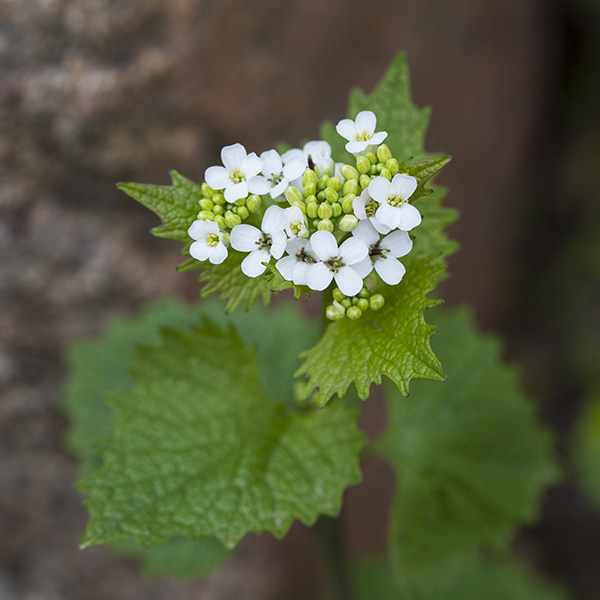
- Image 2: A field of garlic mustard plants, with their distinctive white flowers.
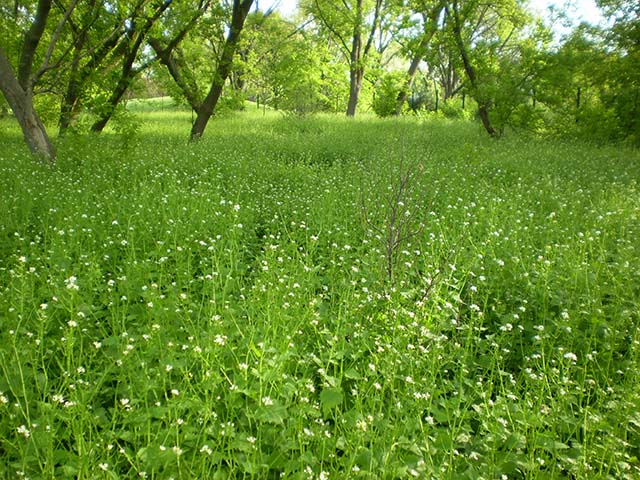
- Image 3: A garlic mustard plant in bloom, with its white flowers and small, green seedpods.
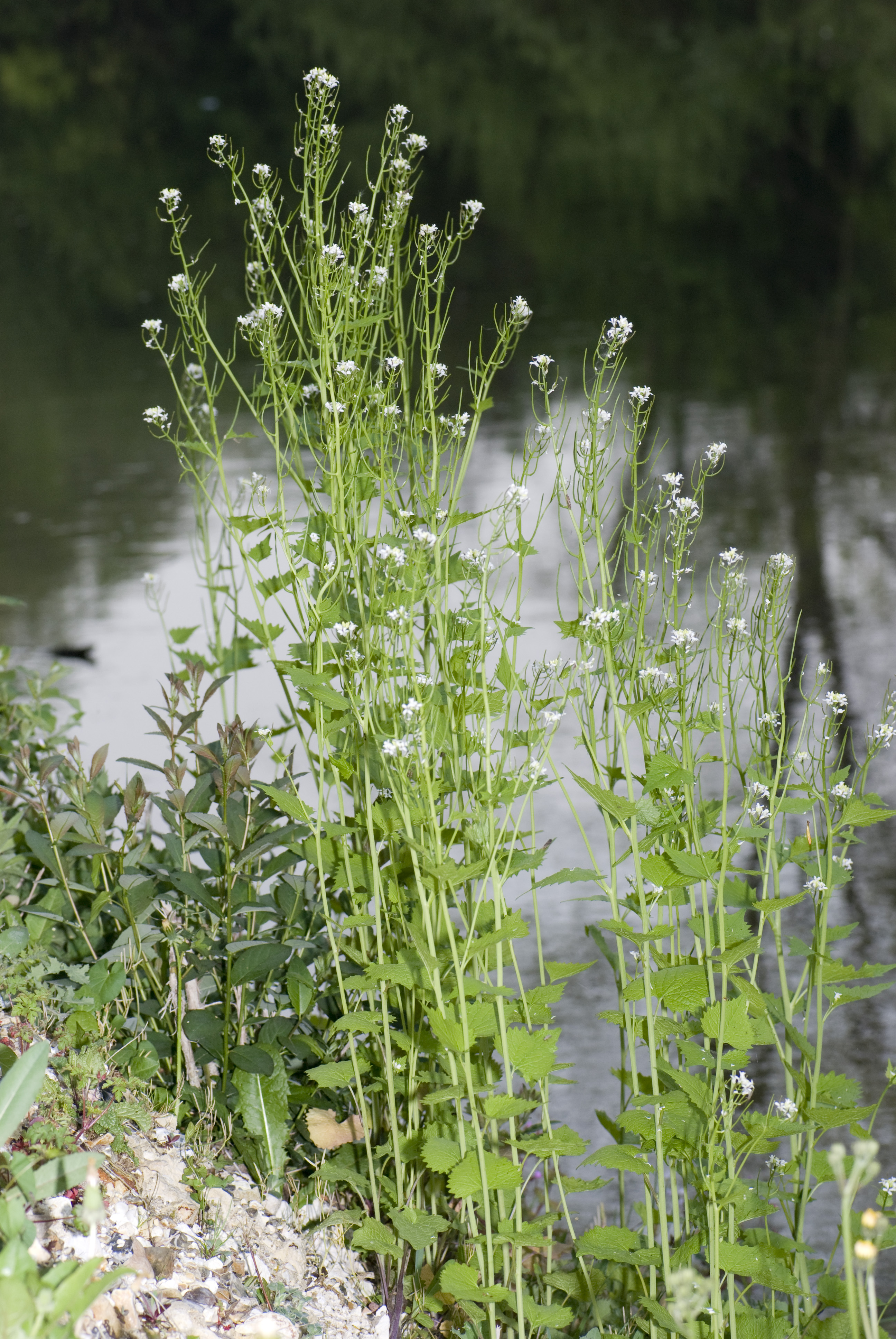
- Image 4: A garlic mustard leaf, showing the distinctive serrated edges and the garlicky scent when crushed.
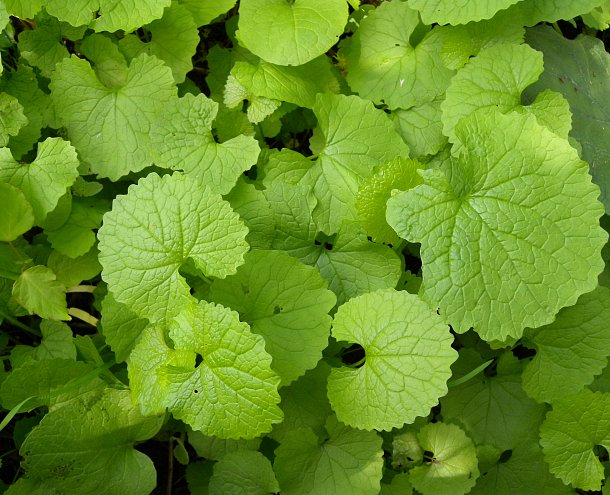
- Image 5: A garlic mustard seedpod, showing the small, brown seeds.
- Image 6: A garlic mustard plant growing in a forest, where it can outcompete native plants.
.jpg)
- Image 7: A garlic mustard plant growing in a meadow, where it can spread quickly and form dense stands.
- Image 8: A garlic mustard plant growing in a garden, where it can be a nuisance.
- Image 9: A garlic mustard plant being pulled out of the ground, as part of an effort to control the invasive species.

- Image 10: A pile of garlic mustard plants that have been pulled out of the ground and discarded.
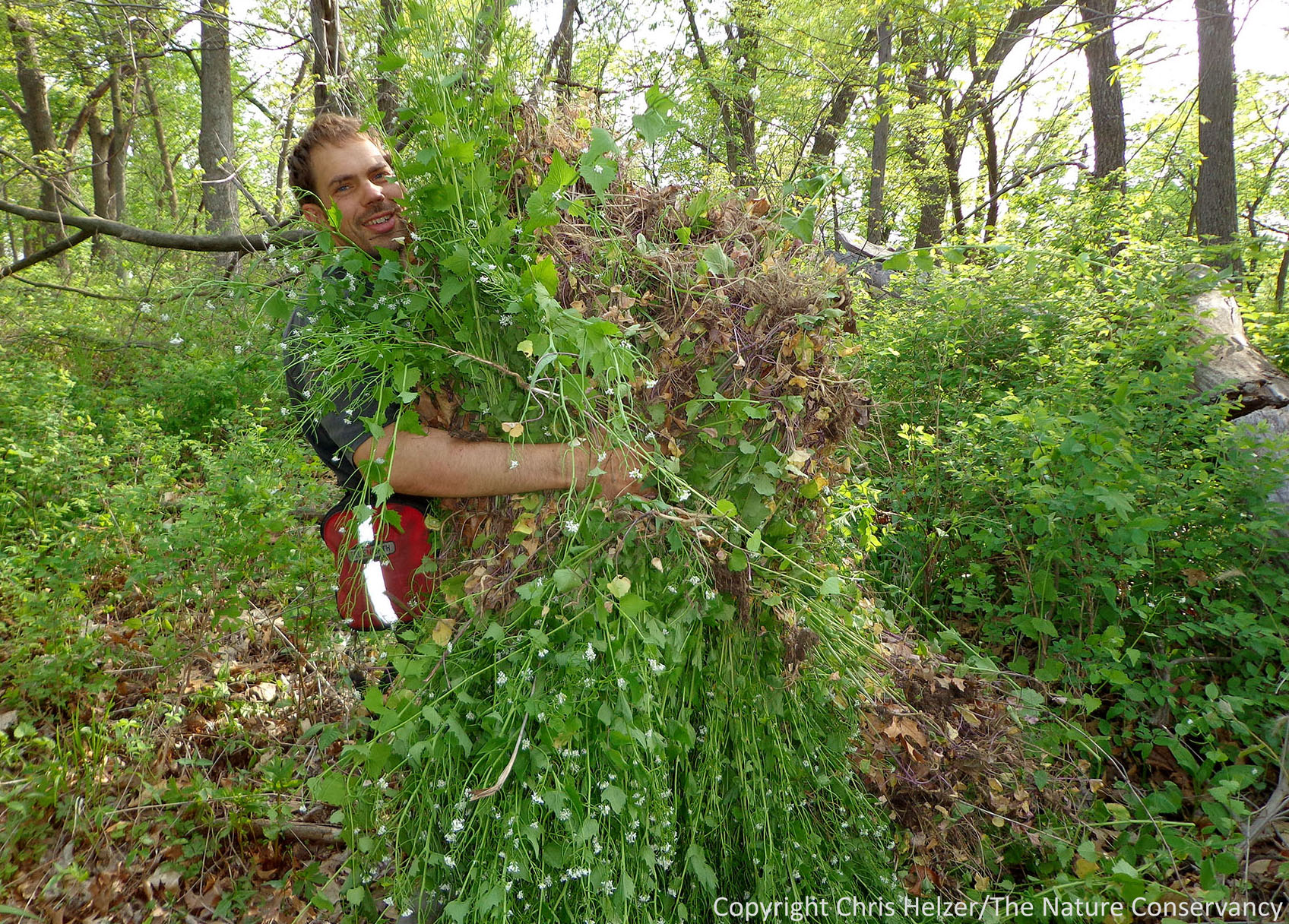
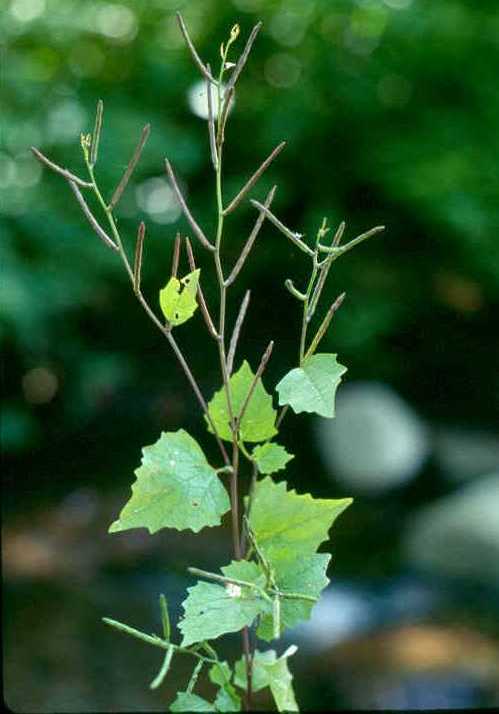
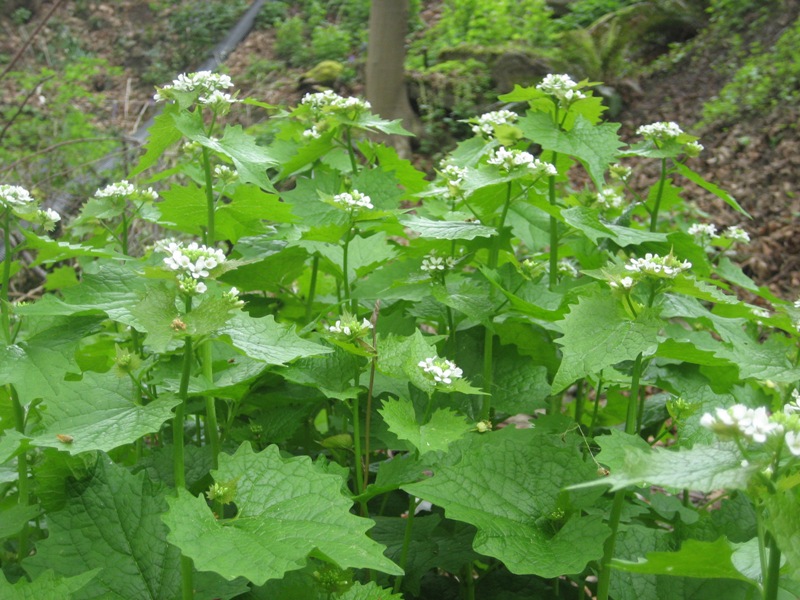
Post a Comment for "How To Get Rid Of Garlic Mustard Weed"